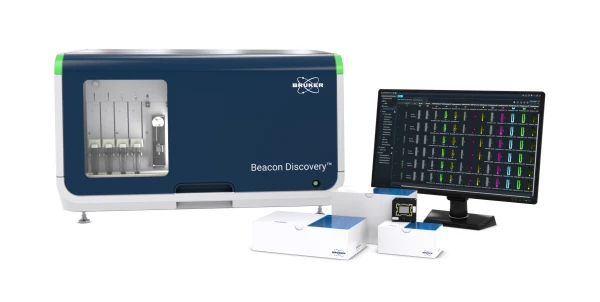Nothing is more frustrating than running your precious sample on a column that you’ve used before for similar applications, only to find that the performance is terrible and your experiment is compromised. Or how about running your column in a typical method that you spent months optimizing, only to arrive at total uninterpretable data. Well at least in the second case you can more easily narrow it down to the HPLC and/or the column.
A few tips will help troubleshoot the column to know whether it can be reconditioned or whether it needs to be replaced.
We’ll examine the reversed-phased column here:
Has the column been washed after the last use (or user)? Reversed-phase columns are typically stored in an miscible organic solvent such as 60-80 % methanol-water. This is compatible with most mobile phases that are used, however, it is good practice to wash the column with 20-30 mL of the strong solvent of your mobile phase – methanol or acetonitrile for instance. Switch over to the running mobile phase and monitor the baseline of the flow – is the pressure and absorbance constant?
Has the column been properly equilibrated prior to your run? For typically methods, 10 column volumes are sufficient for equilibration, although more cannot hurt and the method may demand such. The column volume may be estimated by a simple relation: Vm ≈ 0.1 L - for a 4.6 mm diameter column, where V is volume and L is column length
Is the column sufficiently “wetted”? C18 columns are packed with particles with pores 6-15 nm in size. The C18 surface is bonded inside the pores with very little of it on the outer surface of the particle. During normal operation, water-organic mobile phase fully wets the pores, such that subsequent organic solutions can interact in a consistent manner. Should the column be washed or equilibrated with 100% water, the hydrophobic pores repel the hydrophilic water – and no amount of washing or equilibrating with water will change that. Furthermore, when organic solvent is added back to the mobile phase, it is slower to re-equilibrate with the column.
Has the column been properly conditioned? Although not as much of an issue with newer generation high-purity silica-based columns, older generation columns may require a break in period of several injections of sample before the column settles down to give constant retention time and peak area for the analyte. This is especially true for older columns which have been repurposed by extensive cleaning during the course of switching methods. Of course it’s also true for new columns of the older vintage.
Is the column “clogged” with insoluble material? The argument may come up that the sample and/or analyte(s) are not soluble in the organic solvent of the mobile phase. Two quick tests may include an external solubility experiment and/or dilution of the sample prior to the run. The possibility exists though, despite washing and equilibration procedures, that the column contains insolubles or contaminants which are negatively affecting performance. Extensive washing with strong solvent compatible with your mobile phase is a first step. In extreme cases, the flow can be reversed in order to flush insoluble backward from the top of the column. However, caution should be used as the bed integrity and therefore column performance could be affected.
All of these issues will impact the performance of the column as evidenced by running a calibration sample, monitoring pressure level and consistency, and observing any absorbance fluctuations. If you fallow Akums Razor, then you believe that the simplest solution is often the right one -- time to upgrade and replace the column. If the performance issues persist, it may be time to troubleshoot the pumps and/or absorbance detector.










